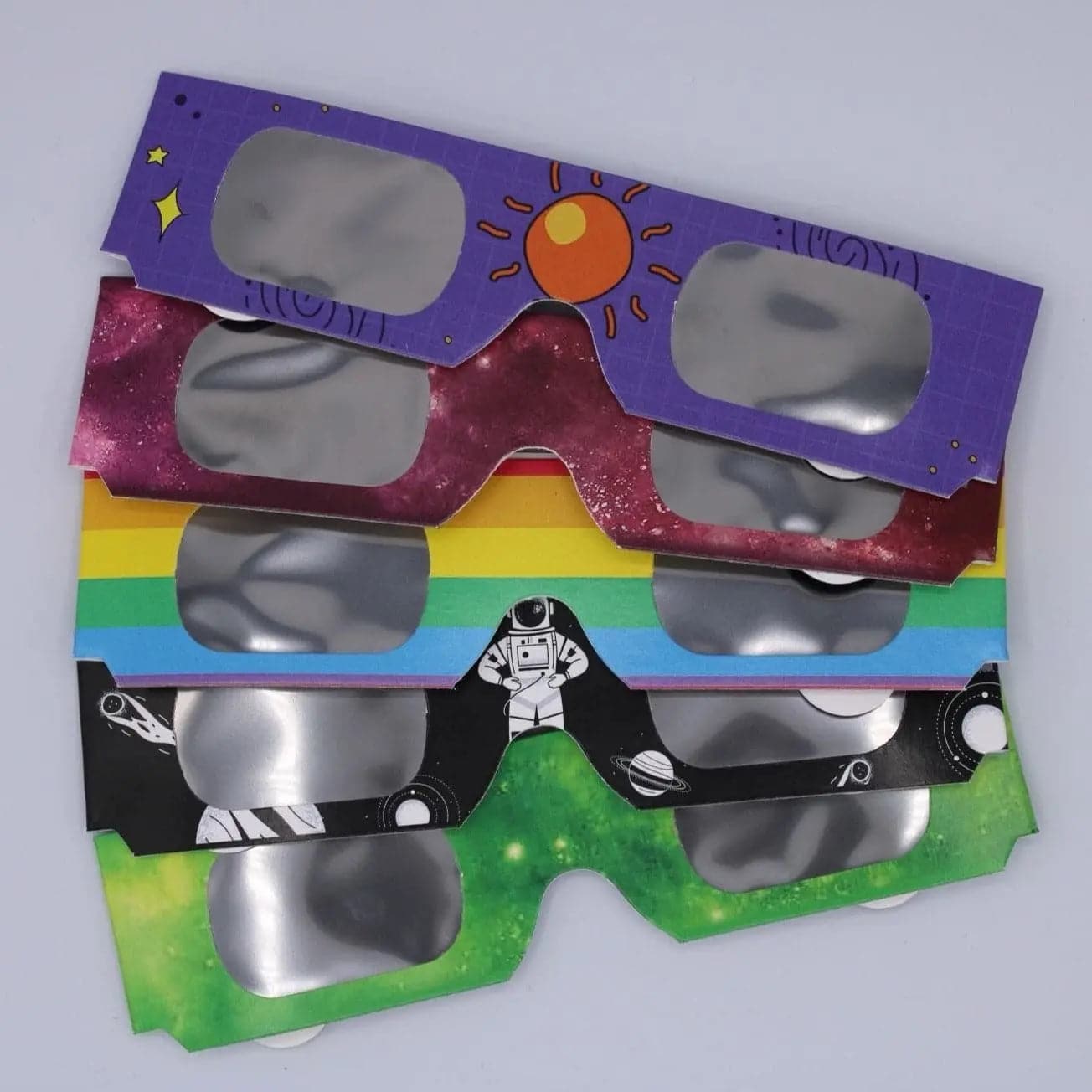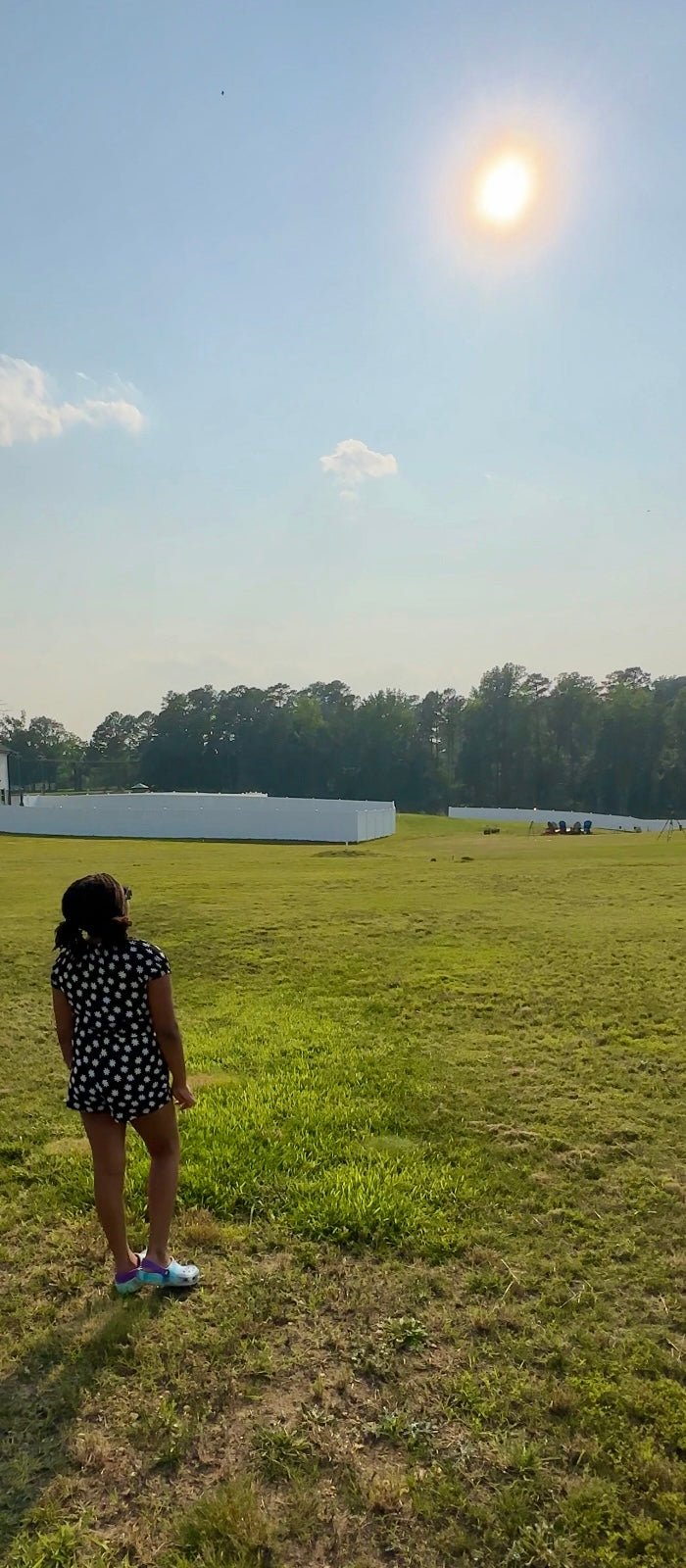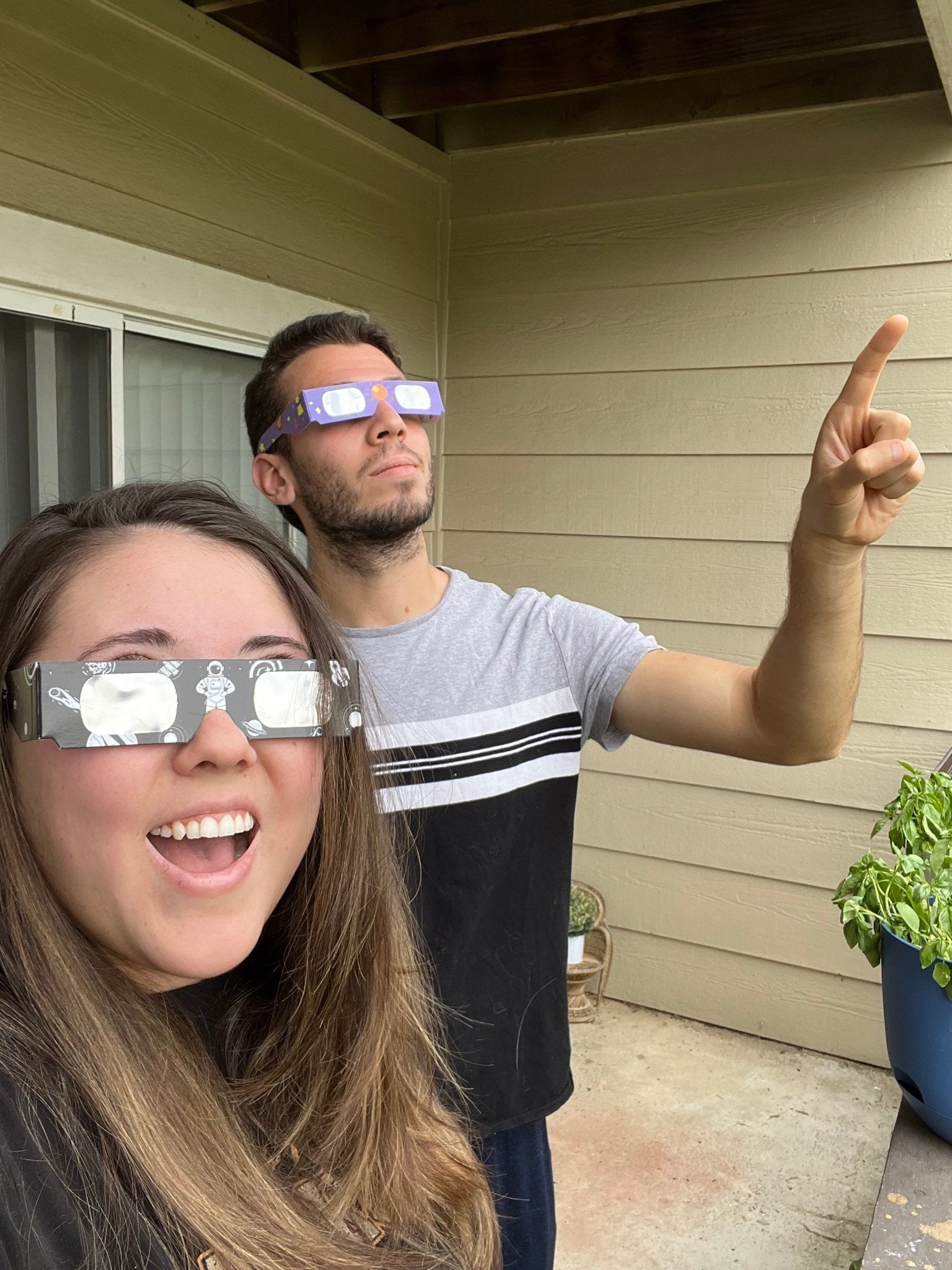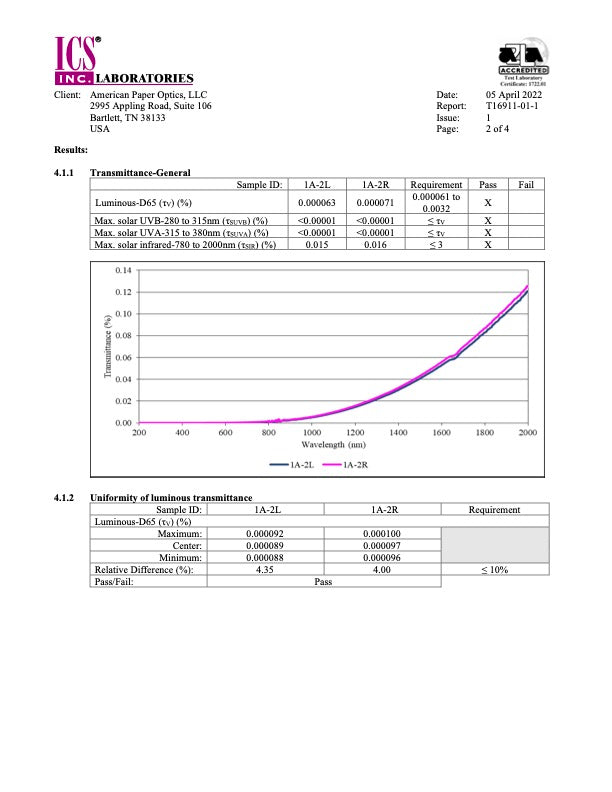Description
Eclipse Glasses USA's Ultimate Solar Eclipse Glasses: ISO, CE Certified, AAS & NASA-Approved Specs for a Stellar Experience
Overview
Unlock the celestial wonders of the universe with Eclipse Glasses USA's Ultimate Solar Eclipse Glasses. Not only are these glasses ISO and CE certified, but they are also approved by the American Astronomical Society and have specs that are NASA-approved. Witness the awe-inspiring phenomena of solar eclipses in unparalleled clarity, safety, and comfort. Choose the best; choose Eclipse Glasses USA.
Features
Made in the USA
We are a family-owned small business. Our glasses were designed by designers in the US. They are manufactured in a American-owned facility in Tennessee and they are personally shipped by our family (or Amazon if you select the Prime option). We pride ourselves on not bending to market pressure to purchase our glasses from overseas manufacturers where safety and quality may be compromised. We value supporting American jobs by only doing business with other US companies. Purchasing from our company keeps US dollars in the US.
Triple-Certified for Unmatched Safety
Our eclipse glasses are ISO 12312-2 and CE certified, ensuring the highest level of eye protection against harmful solar radiation, which includes the intense Sunlight emitted from our star, as well as UV and IR radiation . Plus, they are approved by the American Astronomical Society (AAS) and have NASA-approved specs, offering you unmatched safety.
Crystal-Clear Optics for Vivid Viewing
Engineered with state-of-the-art silver black polymer optical technology, these glasses provide a crystal-clear, sharp view of the sun, allowing you to witness every mesmerizing detail of the eclipse.
Ergonomic Design for Ultimate Comfort
Featuring a lightweight, ergonomic design, these glasses offer a snug and comfortable fit, making them perfect for extended viewing sessions.
Durable and Reusable
Constructed with scratch-resistant lenses and a robust frame, these glasses are designed for longevity. Reuse them for future celestial events without compromising on quality (up to 3 years of reusability).
Benefits
- Triple Safety Assurance: ISO, CE certification, and approval from the American Astronomical Society (scroll down to resellers) and NASA mean you can view with absolute peace of mind.
- Enhanced Viewing Experience: The high-quality lenses offer a vivid and crisp visual experience, making each eclipse an unforgettable event.
- Universal Fit: Designed to fit both adults and children, and can easily be worn over prescription glasses.
- Affordable Luxury: Experience the grandeur of celestial events without breaking the bank.
Eclipse Glasses USA's Ultimate Solar Eclipse Glasses are not just an accessory; they are your VIP pass to the cosmic theatre. With triple safety certifications and superior optics, these glasses are the pinnacle of eclipse-watching gear. Don't settle for less; order yours today and get ready for a stellar experience!
See additional customer reviews on Amazon here.

WHEN & WHERE TO WATCH
The October 2024 Annular eclipse, unlike the October 2023 and April 2024 eclipses, will pass mostly over open ocean. However, over 10 million people will still be able to witness >50% annularity.
Notable locations for viewing: Hawaii, Argentina, and Chile.
The table to the left shows annularity percentages based on location.
LUNAR AND SOLAR ECLIPSES EXPLAINED
Eclipses occur when the sun, moon, and Earth align in a way that either the moon casts a shadow on Earth or the latter casts a shadow on the moon. So what are the similarities and differences between the two types of eclipses? Check out this video by Science ABC!
DID YOU KNOW?
According to the AAS, the cosmic coincidence that gives us total solar eclipses isn’t permanent. The Moon is ever so slowly moving away from our planet at rate of about 1.5 inches (3.8 centimeters) per year. As it recedes, its average apparent diameter shrinks. Eventually, the Moon will never be large enough to completely cover the Sun, and total eclipses will no longer be visible from Earth’s surface.

TOTAL & ANNULAR ECLIPSES
A total eclipse happens when the dark silhouette of the Moon completely covers the intense light of the Sun. It occurs in places where the umbral shadow is cast. Direct light from the Sun is hidden and we will experience darkness like it is already nighttime.
An Annular solar eclipse is when the Moon and the Sun are both exactly in line. But, either the Moon is further from Earth or the Earth is closer to the Sun. When this happens, the apparent size of the Moon is smaller than that of the Sun. Therefire, it's not able to entirely cover the Sun.










































